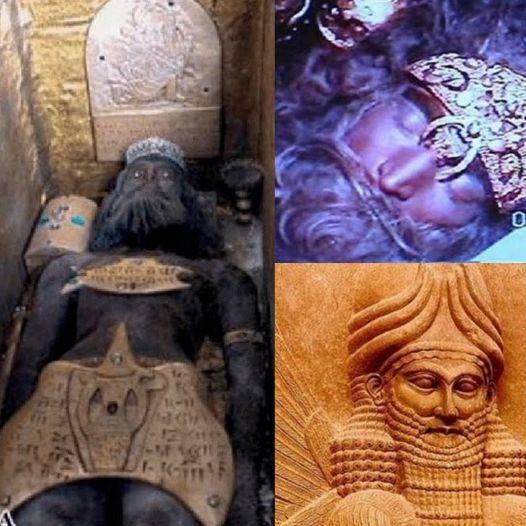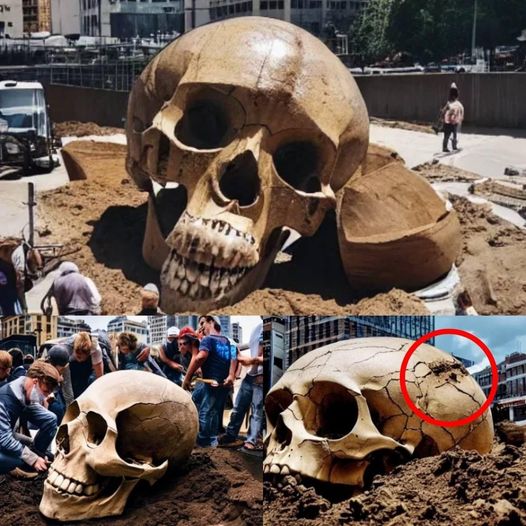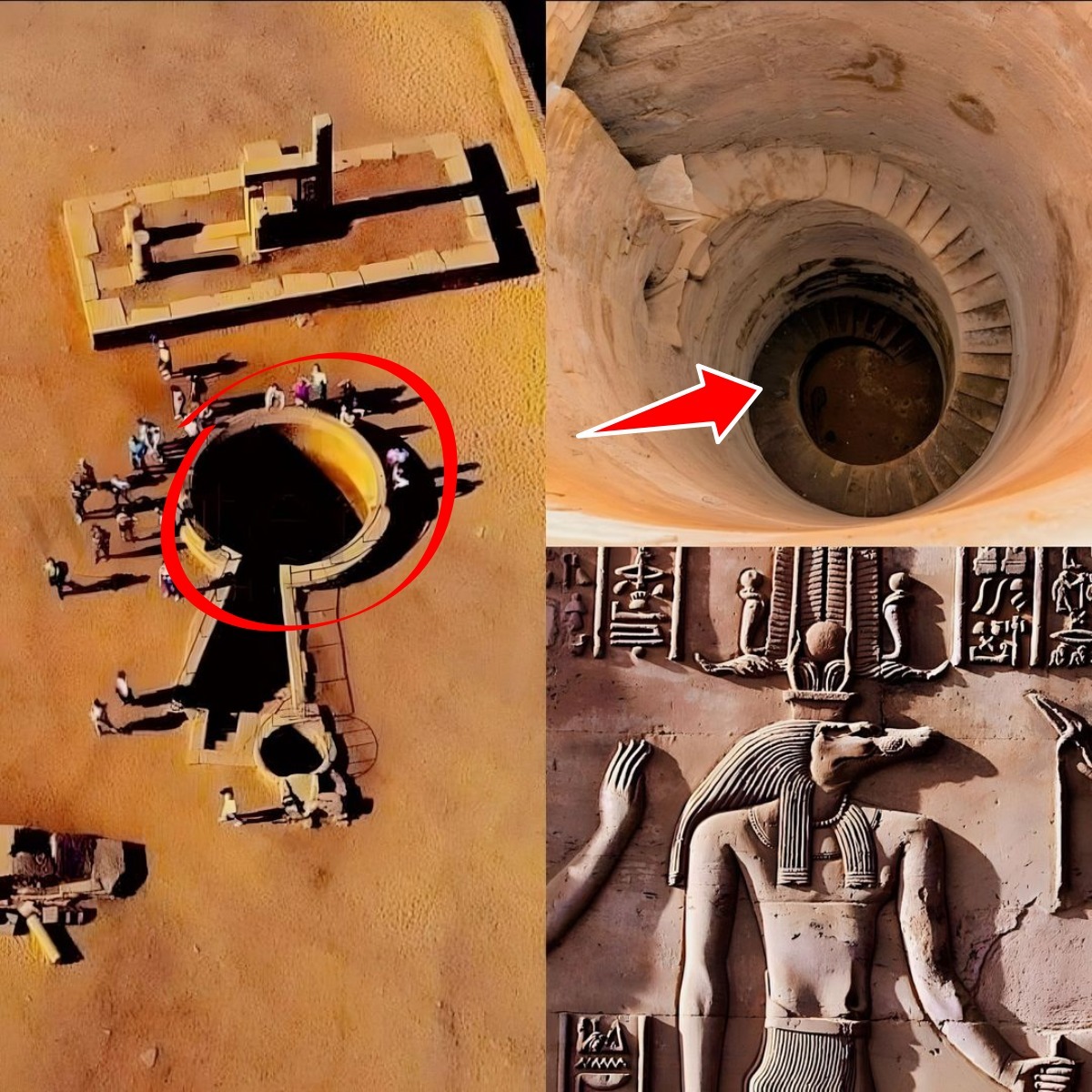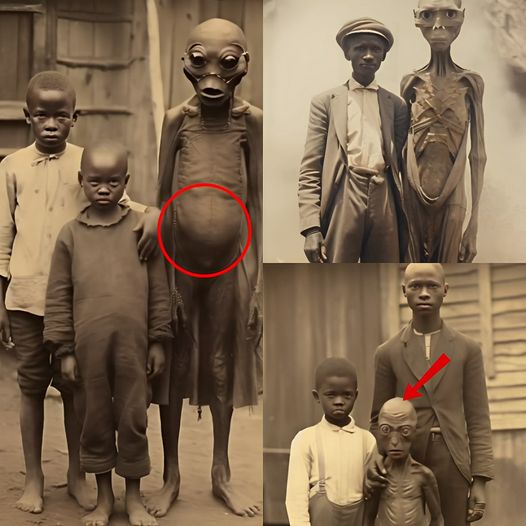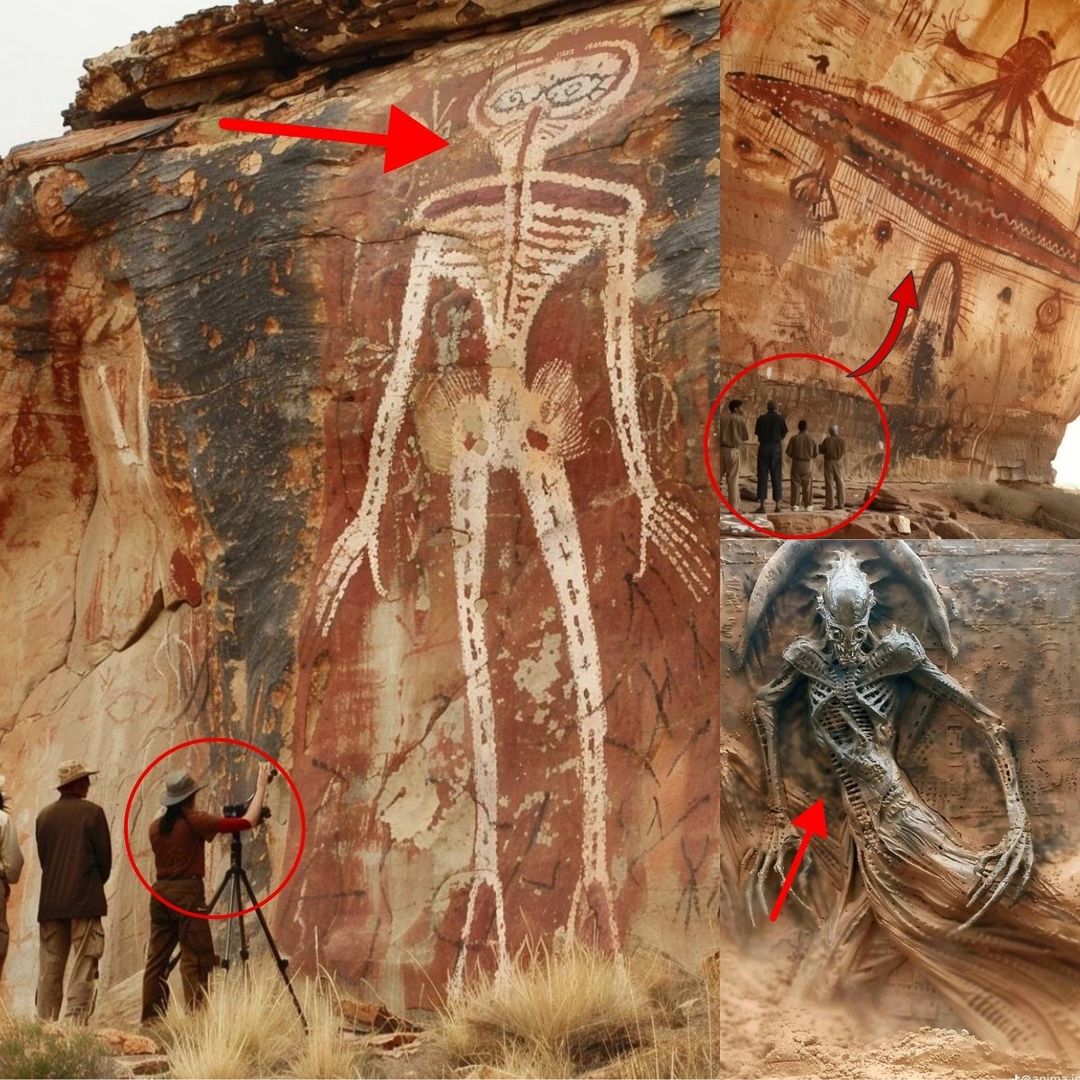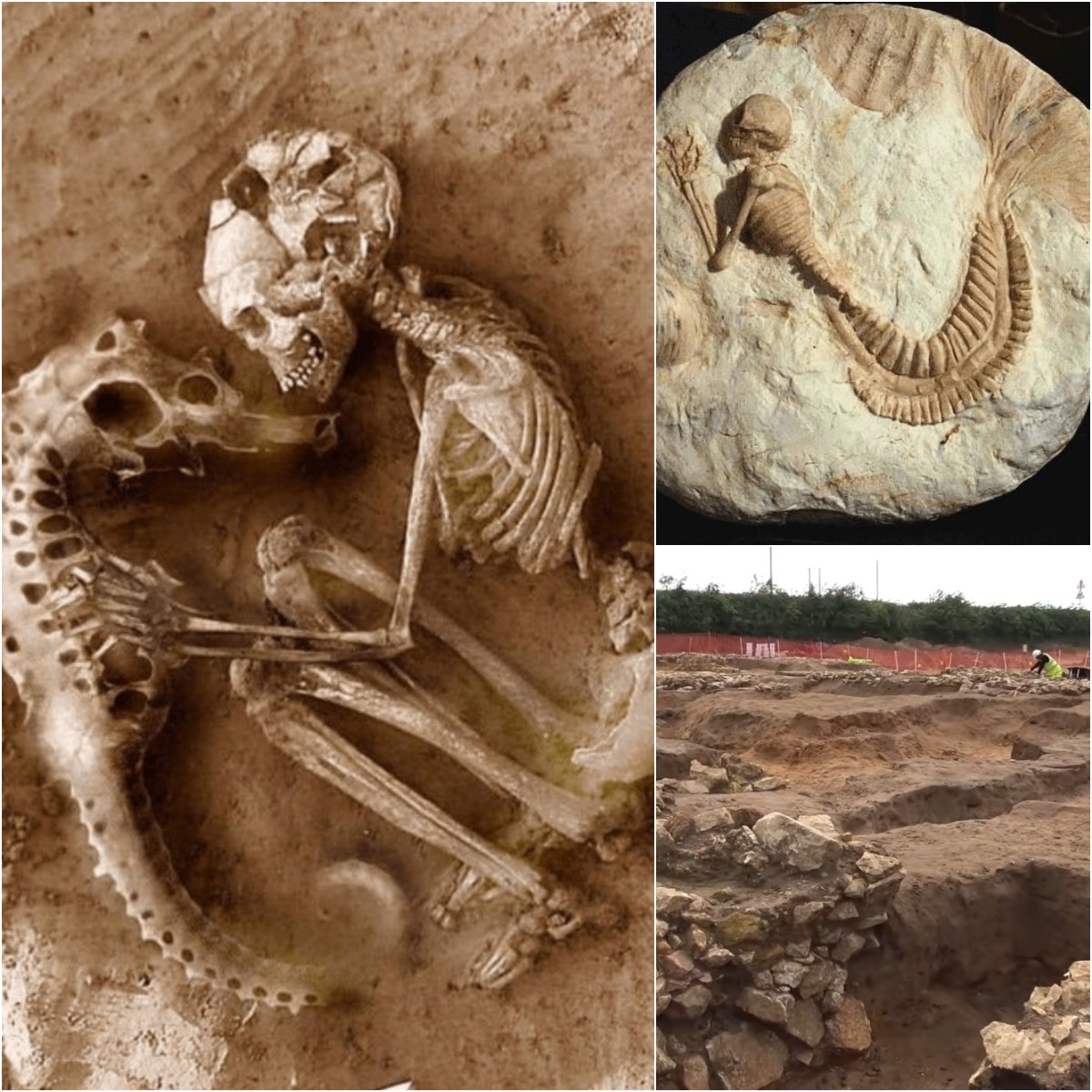In a new study published in the open-access journal PLOS ONE, researchers examined a collection of baboon mummies from the ancient Egyptian site of Gabbanat el-Qurud, the so-called Valley of the Monkeys on the west bank of Luxor. From the 9th century BC, a tradition emerged that revered and mummified a variety of animal species, […]
In a new study published in the open-access journal PLOS ONE, researchers examined a collection of baboon mummies from the ancient Egyptian site of Gabbanat el-Qurud, the so-called Valley of the Monkeys on the west bank of Luxor.
From the 9th century BC, a tradition emerged that revered and mummified a variety of animal species, among them baboons, which were not native to Ancient Egypt.

The researchers analysed skeletal remains from 36 individual baboons of various ages. Out of the 14 identified individuals by species, 8 were classified as Papio anubis, while 6 were categorised as Papio hamadryas.
Radiocarbon dating was attempted on 13 individuals, but only three could be dated – indicating that they all belong to the end of the Third Intermediate Period and the beginning of the Late Period.
The study also revealed that the baboons had lesions, deformations, and abnormalities on the bones, likely as a result of poor nutrition and a lack of sunlight. According to the researchers, this is likely as a result of being 𝐛𝐨𝐫𝐧 and raised in captivity.
:max_bytes(150000):strip_icc()/GettyImages-529002642-6c305ea5dffa4d7a87edf23980791320.jpg)
The paper highlights that comparable conditions are evident in baboon remains found at two other sites, Saqqara and Tuna el-Gebel, indicating a relatively uniform method of captive care across all three locations.
“These findings offer valuable perspectives on the care and treatment of baboons in Ancient Egypt before their eventual mummification, yet additional aspects warrant further exploration,” said the authors.
The paper proposes that a more comprehensive analysis of the animals’ teeth could yield additional information regarding their diets. Furthermore, the potential extraction of DNA from these remains might unveil details about the animals’ origins in the wild and shed light on the breeding techniques employed by their caretakers.
